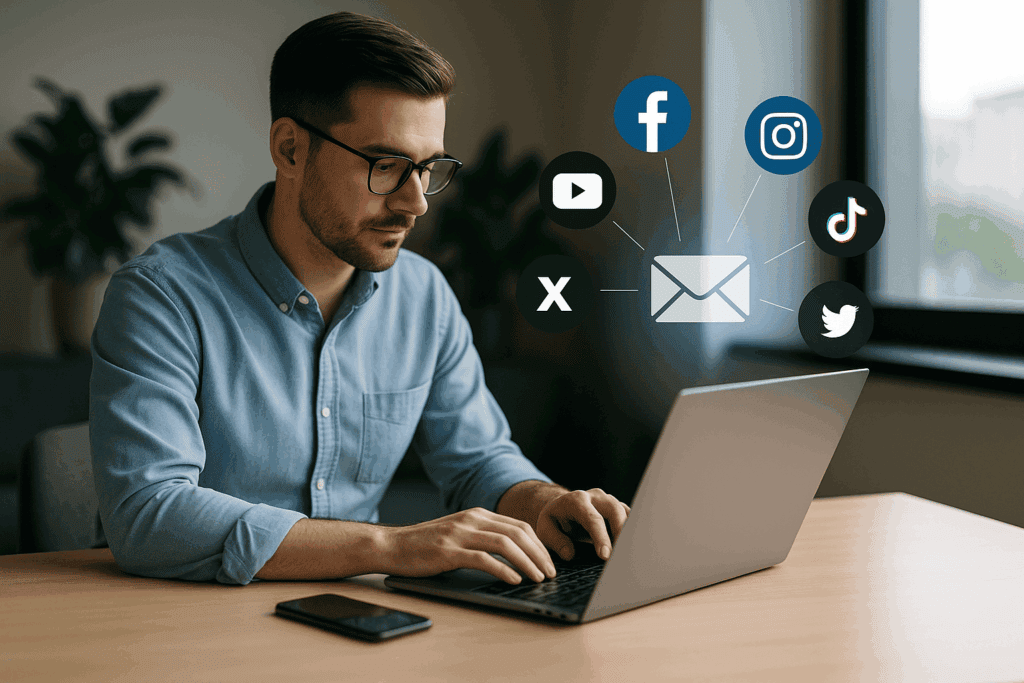
Welcome to Face Mail
Make Your Inbox Smarter With Face Mail
Email should be simple, secure, and connected. Face Mail brings all your communication together by linking social handles, custom domains, and automation in one place. With verified sender controls and powerful filters, you get cleaner threads, faster replies, and happier subscribers. Start free and scale as your brand or team grows.
- Free Email That Scales – generous storage, add users & domains anytime
- Social Integration – connect Instagram, TikTok, X, YouTube & more
- Actionable Insights – track opens, clicks & reply times
Upgrade to Smarter Email Today
Start free and bring all your emails and social conversations into one secure, modern inbox
Key Features We Offer
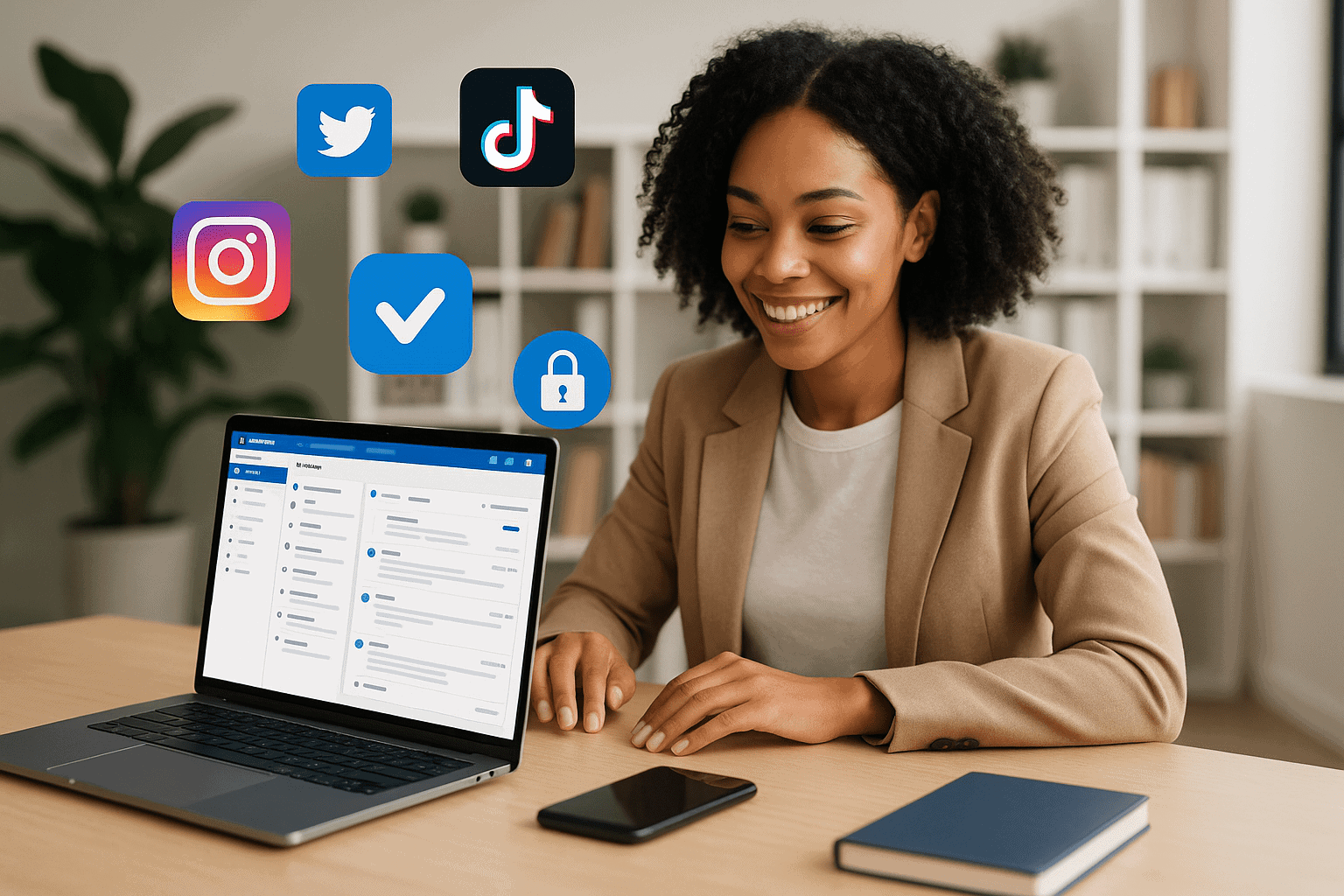
All-in-One Email for a Connected World
At Face Mail, we believe email should be faster, simpler, and connected to the channels you already use. That’s why we’ve built a platform that merges social handles, automation, and security in one place.
From custom domains and shared inboxes to social-ready features and powerful filters, Face Mail empowers creators, teams, and businesses to manage conversations with clarity and confidence.

Seamless Account Setup
Get started in minutes with [email protected] or connect your own domain. Create aliases, apply routing rules, and launch without technical headaches.

Social Handle Integration
Turn followers into contacts by linking Instagram, TikTok, X, and more. Capture DMs, emails, and link-in-bio forms directly in your inbox.

Smart Inbox & Automation
Cut through noise with filters, rules, and scheduling. Organize by priority, snooze distractions, and never miss a reply again.

Privacy & Security First
Protect conversations with encrypted storage, SPF/DKIM/DMARC compliance, and 2FA. Stay safe while delivering messages with higher trust and deliverability.
Connect Email + Social in Minutes
Link your handles, route DMs, and manage every message from one powerful platform
Benefits of Choosing Face Mail
Face Mail is designed to make communication easier, faster, and more secure. Whether you’re a solo creator, a startup, or a growing business, our platform gives you the flexibility and tools you need to stay connected with your audience.
- Creator & Brand Friendly – Perfect for individuals, teams, and startups
- Cloud Convenience – Access your inbox from any device, anytime
- Scalable & Flexible – Add users, domains, and storage as you grow
- 24/7 Support – Live help, guides, and smooth onboarding
- Fast Migration – Import emails, contacts, and keep continuity
- Always Improving – Regular feature updates included
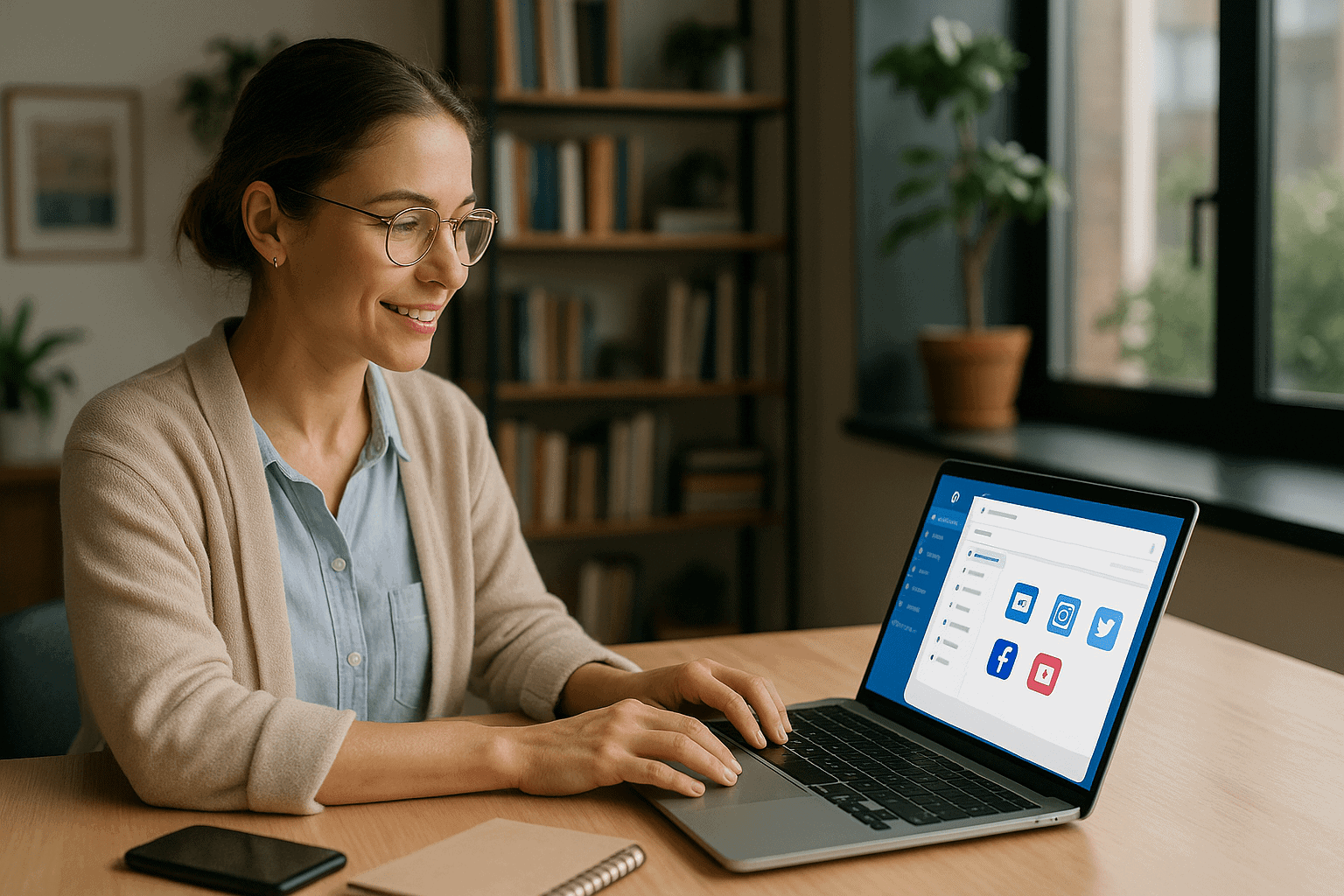
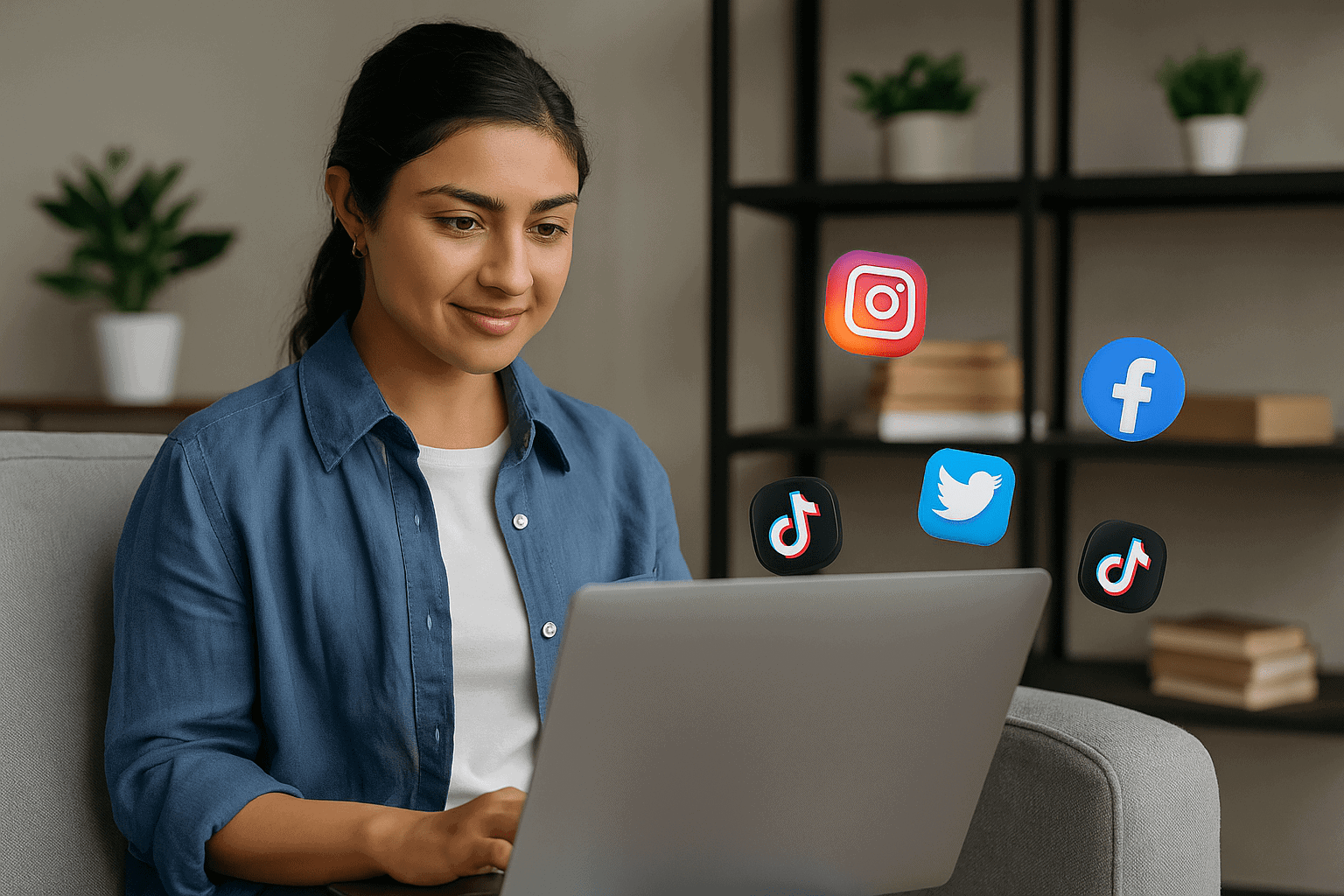
As a startup founder, reliable communication is everything. With Face Mail, our team uses shared inboxes and smart filters to stay on top of every customer query. The migration was seamless, and the support team was always there to guide us.
Sophia Martinez
(Startup Founder)
Face Mail completely changed the way I manage my brand communication. Before, I was juggling multiple inboxes and DMs, but now everything flows into one clean space. The social handle integration is a game-changer. It saves me hours every week.
Steve Armond
(Digital Creator)
Smart Email & Productivity Blog
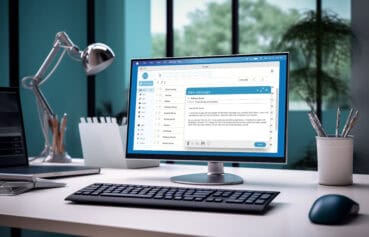
Comparing Business Email Hosting vs. Free Email Services
Email remains the backbone of modern communication. Whether you run a small business, work as a freelancer or are part of a multinational corporation...
Read More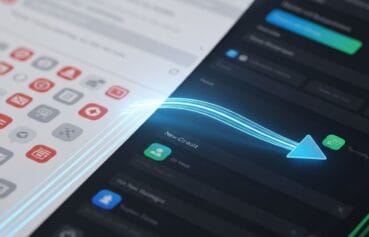
From Gmail To Face Mail: Painless Migration To a Modern Email Service
From Gmail To Face Mail In today's fast-paced digital world, your email service is more than just a mailbox; it's the central hub of your personal an...
Read More
Privacy First: What To Expect From a Secure Free Email Service
Secure Free Email Service In an age where our digital lives are inextricably linked to our email inboxes, the conversation around privacy has never b...
Read More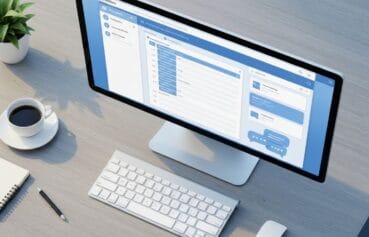
Team Collaboration Service: Assignments And Notes Inside Your Email Service
Team Collaboration Service In the relentless pursuit of efficiency, modern businesses are constantly battling a hidden productivity thief: context sw...
Read More
Automation Basics Email Service : Welcome Drips You Can Run In a Free Email Service
Automation Basics Email Service Welcome to the digital world, where first impressions are not just important; they are everything. When a new person ...
Read More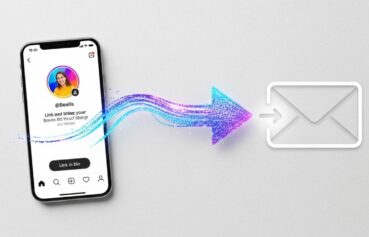
Social Media Email Service: Link In Bio To Inbox Through Simple Forms
Social Media Email Service In the bustling, ever-changing world of social media, capturing your audience's attention is only half the battle. The oth...
Read More
Creator Toolkit: Templates And Shared Inboxes In a Free Email Service
Free Email Service In the bustling digital landscape, creators are the new entrepreneurs. From YouTubers and podcasters to bloggers and freelance des...
Read More
Deliverability 101 Email Service : SPF, DKIM, DMARC For Your Email Service
Deliverability 101 Email Service In the world of digital communication, sending an email is just the first step. The critical, and often overlooked, ...
Read More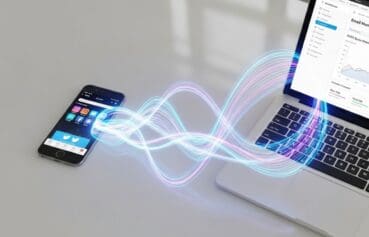
Social Media Email Service: Turning Followers Into Conversations
Social Media Email Service In the bustling, ever-changing world of digital marketing, social media is the vibrant town square where brands and audien...
Read More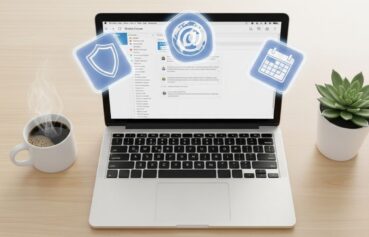
Free Email Service Setup Guide: From Username To Custom Domain
Free Email Service In today's digitally connected world, an email address is as essential as a physical mailing address. It is your primary key to on...
Read More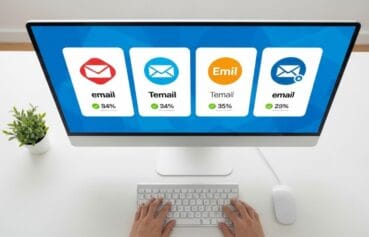
How To Choose An Email Service In 2025 Without Overpaying
Email Service In the digital landscape of 2025, your email is more than just a communication tool; it is your digital identity, your professional han...
Read More